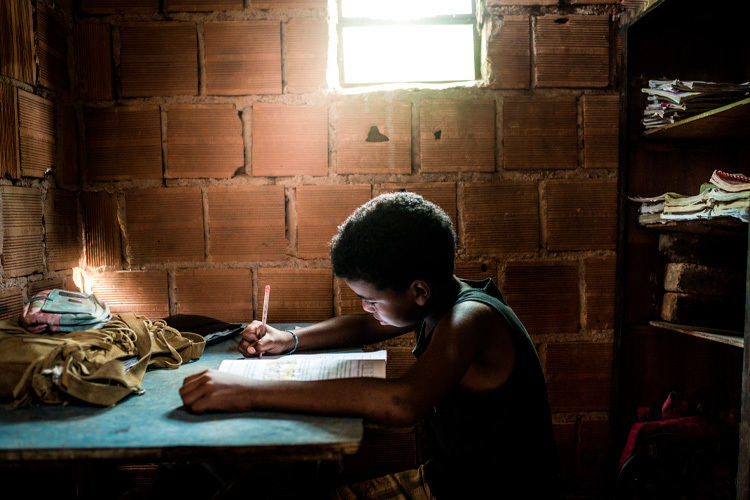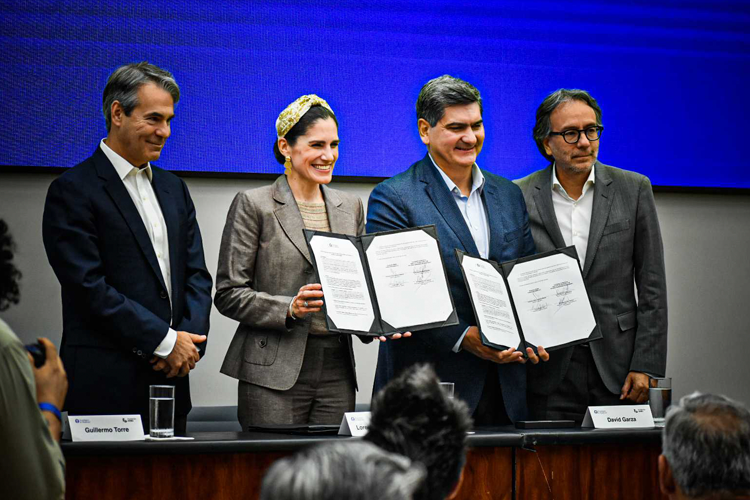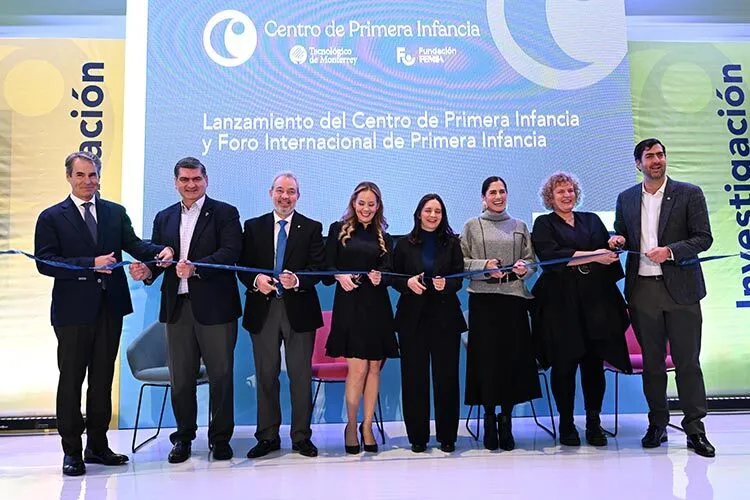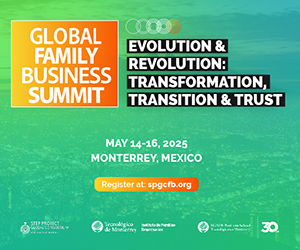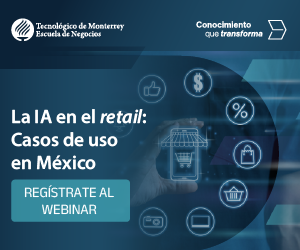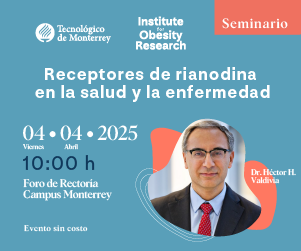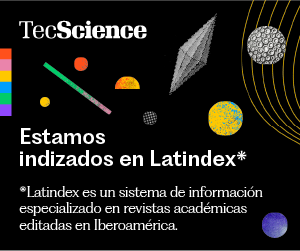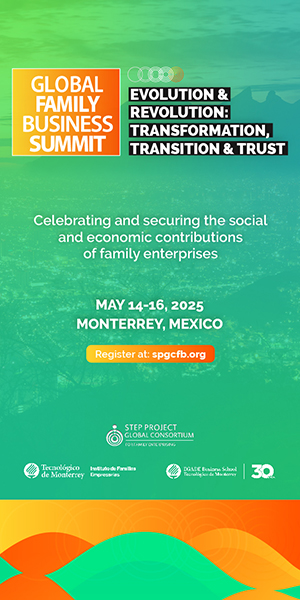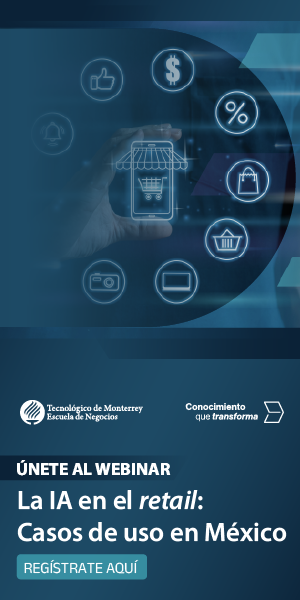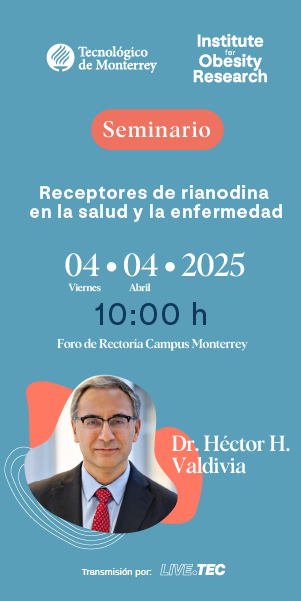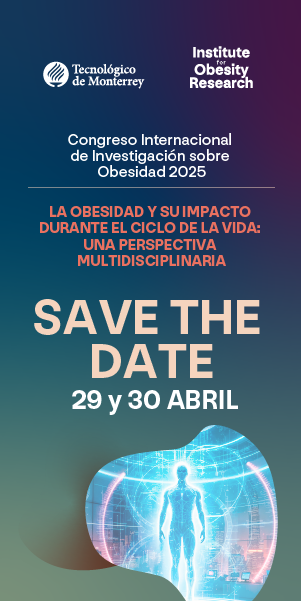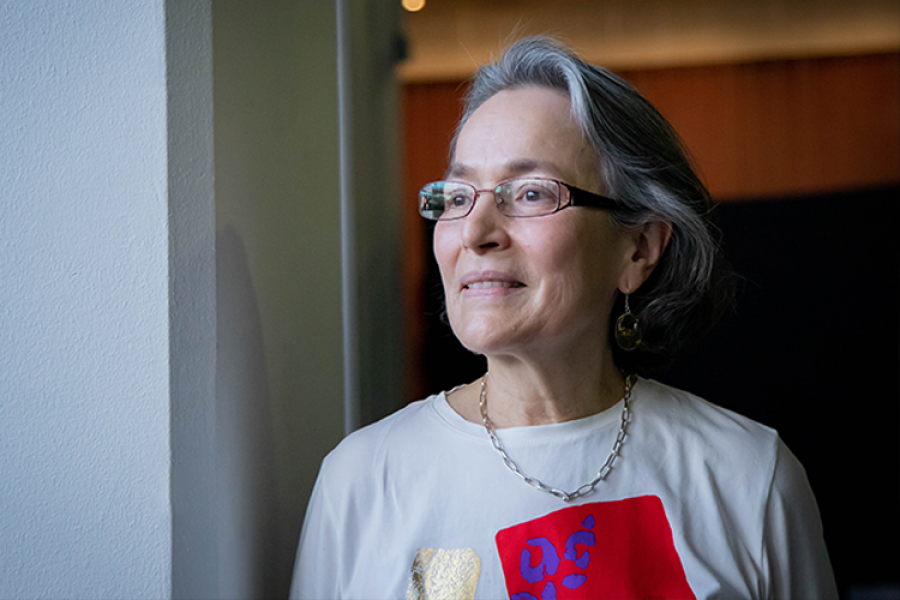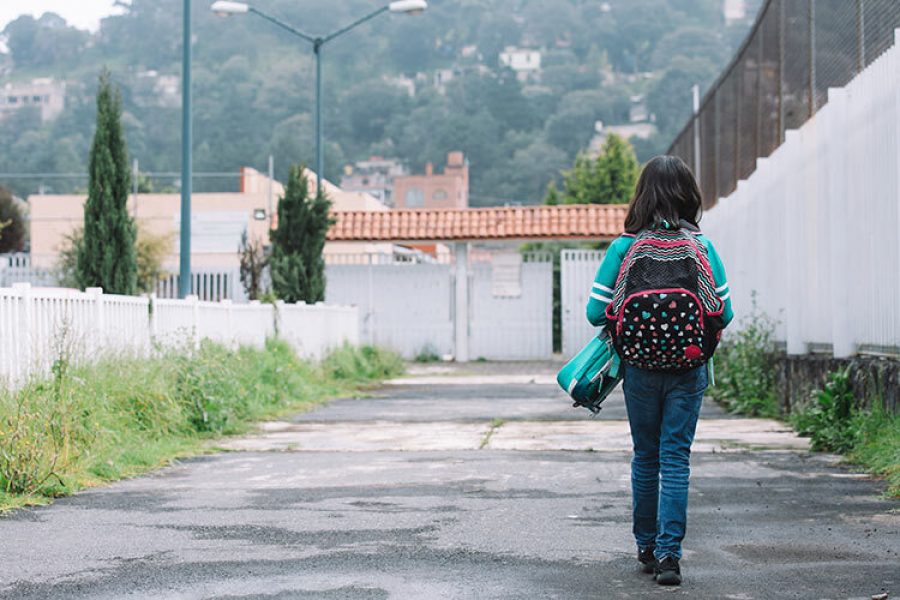Poverty is one of the main early challenges that children face. In Latin America and the Caribbean, 35% of children under five live in poverty. Nearly half of children under six in Mexico are in this situation, meaning around 4.9 million kids.
Martha Rubio, Lead Economist at the Social Protection and Health Division of the Inter-American Development Bank (IDB), explained these figures during her participation in the virtual discussion Challenging Inequalities: How to Close the Gaps in Early Childhood Development at the Second International Early Childhood Forum.
“While poverty has decreased overall, in Mexico, this reduction has been slower among children than in other population groups. In many countries, if we look at how poverty is distributed, it’s concentrated mostly among children, not so much in the adult or elderly population,” Rubio said.
She added that this situation is particularly serious because poverty is linked to factors that limit children’s health, nutrition, and overall development—both cognitive and socio-emotional.
For example, children face food insecurity, with low intake of essential macro and micronutrients, unsafe drinking water, substandard housing, and limited access to basic healthcare services.
The discussion, moderated by Sindy González, Manager of Early Childhood Programs at FEMSA Foundation, also featured Carolina Freire, a specialist from the IDB’s Social Protection and Health Division, and included a video conference with Romina Tomé, Senior Associate at the same division.
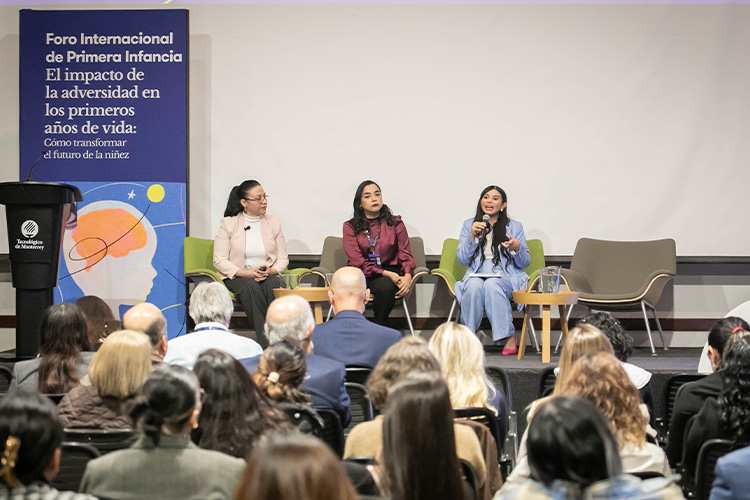
Child Poverty in Mexico and Latin America
Since 1989, when the Convention on the Rights of the Child was adopted as a global commitment to protect and promote children’s development, significant progress has been made in reducing child poverty and chronic malnutrition among children under five in Latin America and the Caribbean, with reductions of 40% and 20%, respectively, said Tomé.
However, other issues have been identified. For instance, 88% of children under three and 30% of preschool-aged children still do not have access to early childhood care services.
Moreover, among children whose mothers have only completed primary education, nine out of ten have fewer than three children’s books, and half don’t play regularly with their parents—an essential activity for cognitive and socio-emotional development.
By the age of five, children of mothers with primary education have language skills equivalent to children aged three and a half whose mothers have higher education.
“This is not just a difference in vocabulary; it’s a difference in opportunities. Inequalities begin early in life and widen over time,” said Tomé.
She added that investing in high-quality early childhood development programs yields a 13.7% annual return on investment, while the cost of inaction in the region amounts to 1.6% of GDP.
These issues are compounded by challenges affecting children and their families in the region, such as migration flows, the consequences of climate change, and the mental health problems of both children and their caregivers.
These inequalities are more pronounced among children living in rural Indigenous areas, who—on top of poverty—experience more significant gaps in access to basic services essential for their comprehensive development, said Freire.
“For example, in some indigenous communities, only 32% of preschool-aged children attend school, while in urban areas, the attendance rate exceeds 67%. These gaps also lead to inequalities in the future,” she commented.
The IDB’s Agenda for Finding Solutions
To address the early childhood challenges in the Latin American and Caribbean region, the IDB has established a working agenda and presented a Sectoral Framework Document during the Second International Early Childhood Forum.
The expert shared that the bank’s division is currently working on six key areas:
- Migration, to ensure migrant children have access to quality services.
- Mental Health, through the design and implementation of play-based interventions.
- Climate Change, with protocols to ensure the continuity of services during emergencies.
- Intersectionality and Governance to coordinate efforts with institutions that collaborate and work together.
- High-Quality Early Childhood Development Services, with programs for children and their families in community centers.
- Measurement and evaluation are used to generate evidence and promote the care economy.
“These are emerging issues that can create adversity for children. Our commitment for the future is to tackle these challenges in an environment of constant change,” Freire said.
Early Childhood Programs in Latin America and the Caribbean
During the discussion, representatives from the IDB shared examples of actions and initiatives to support the well-being and development of children in various regions of the Americas and the Caribbean, including Mexico.
In the case of migration, where there is a lack of data to identify children aged zero to five in migrant families, the division is researching to identify available data sources that can better characterize the situation of migrant children.
One of the projects addressing this issue, funded by the Innovation Fund for Early Childhood Development, is Amigos de la Infancia (Friends of Childhood). Developed in partnership with UNICEF, this project aims to provide essential services, such as educational activities and tools, and support for migrant mothers, mainly from Venezuela. More than 16,500 children and 10,000 caregivers participated in the project.
Regarding climate change, the IDB is working with countries to develop emergency protocols that ensure services for children through flexible response models. For example, in partnership with the government of Panama, the Mochila Cuidarte (Care Backpack) project was carried out. This initiative involved home visits to vulnerable households to strengthen parenting practices through play and provide parents with guidance.
In Mexico, the Luciérnaga (Firefly) Program is being implemented in collaboration with the Mexican Social Security Institute (IMSS) to address early adverse experiences. This initiative aims to measure the quality of interactions between educators and children in classrooms at childcare centers.
Were you interested in this story? Do you want to publish it? Contact our content editor to learn more about marianaleonm@tec.mx
